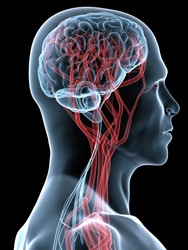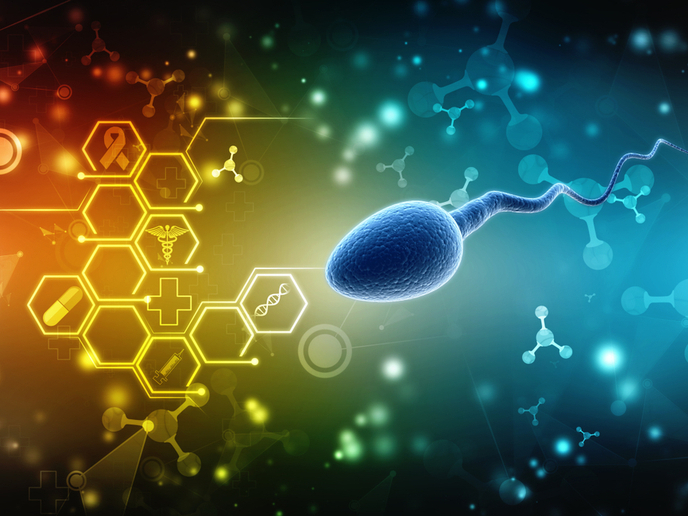Pharmaceutical access to the brain
The blood-brain barrier (BBB) is a vascular network that forms a structural and chemical barrier between the brain and blood circulation. BBB protects the brain from harmful substances and maintains its homeostasis. However, it also hinders the delivery of therapeutic drugs to the central nervous system, making it impossible to treat many brain diseases and brain cancer. So far, drug delivery attempts have used specific transmembrane proteins that are in place for the effective delivery of nutrients from the blood to the brain, and for the removal of toxic metabolites. Recent evidence indicates that the space between the BBB endothelial cells is sealed by tight junctions. Scientists on the EU-funded 'Blood-brain barrier junctions as targets for paracellular drug delivery to the brain' (JUSTBRAIN)(opens in new window) project exploited this information to develop strategies for transiently opening the BBB junctions. The plan was to target the tight junction proteins and facilitate a controlled and safe delivery of drugs into the brain. To find suitable targets, the consortium firstly characterised the molecular composition of BBB tight junctions in healthy and diseased brains. They used human samples and tissue from different mouse models of neurological disorders such as Alzheimer's disease, stroke and multiple sclerosis. Despite the complex molecular composition of BBB tight junctions, in most cases absence of one molecule did not impact junctional integrity. Nonetheless, scientists found three genes (CCM1, -2 and -3) that were crucial for the maturation and maintenance of endothelial cells in the brain. In addition, they identified an implication of the Wnt signalling pathway in brain vasculature, and manipulation of the pathway translated into the opening of the BBB tight junctions. This pharmacological targeting of the Wnt signalling pathway was proposed as a potential strategy for transiently increasing the permeability of the BBB. Implementation of this approach should open up new avenues for the therapy of neurological diseases.







